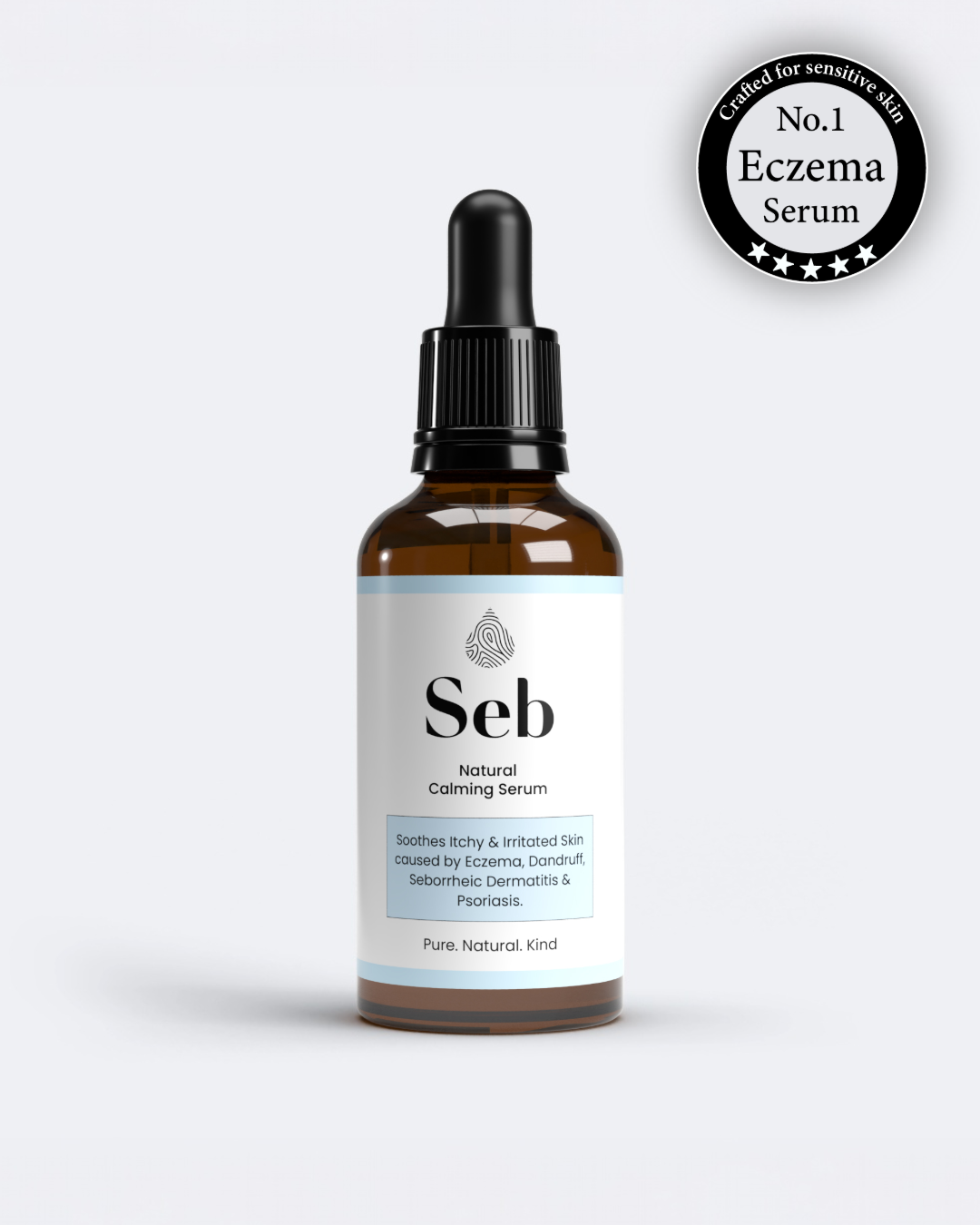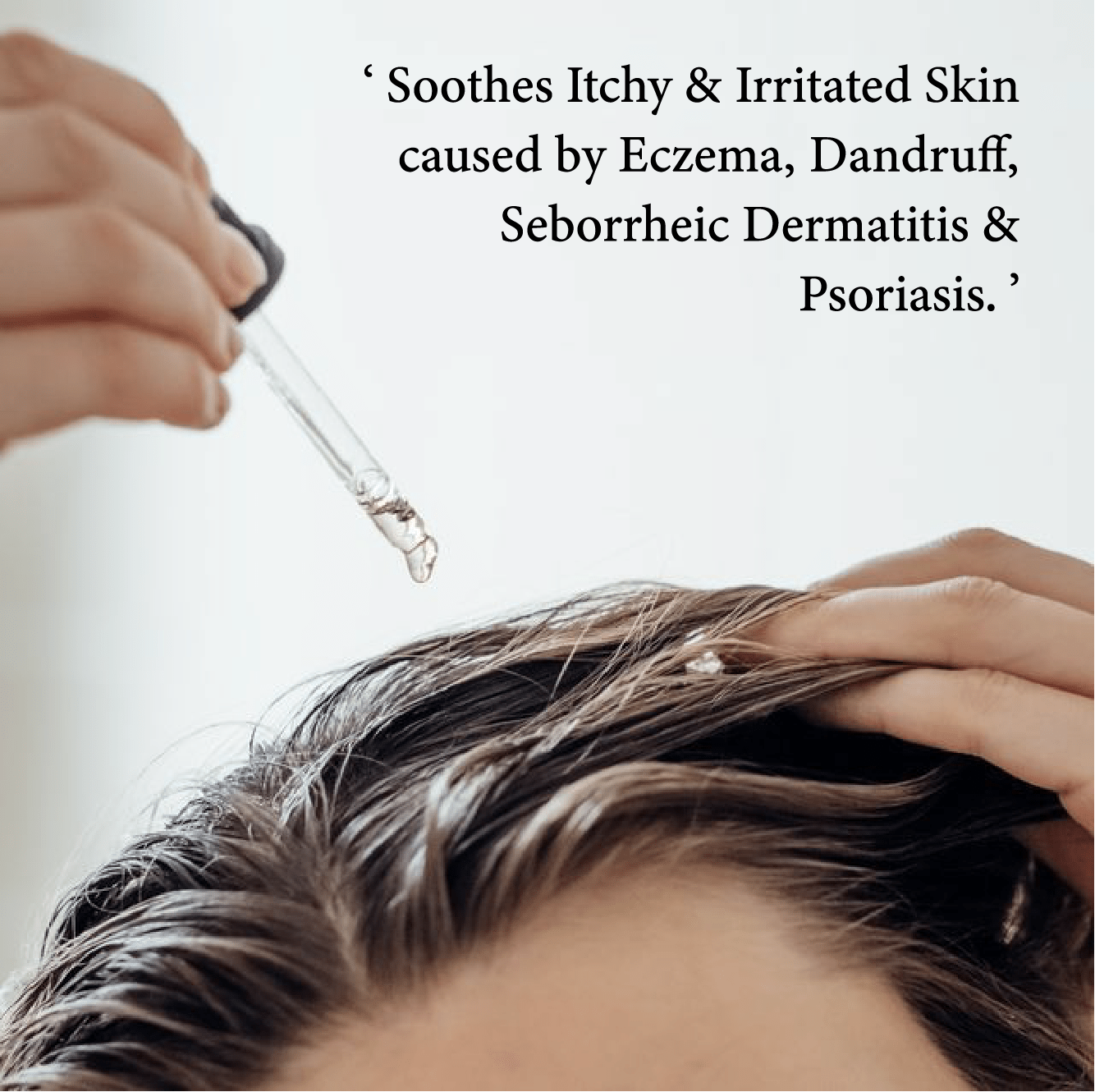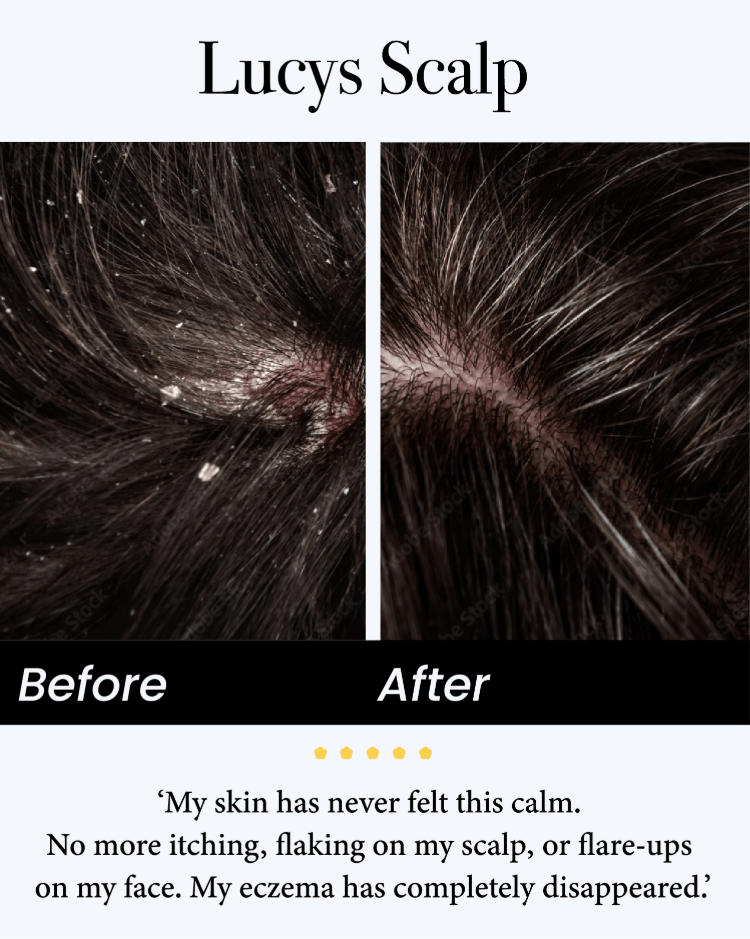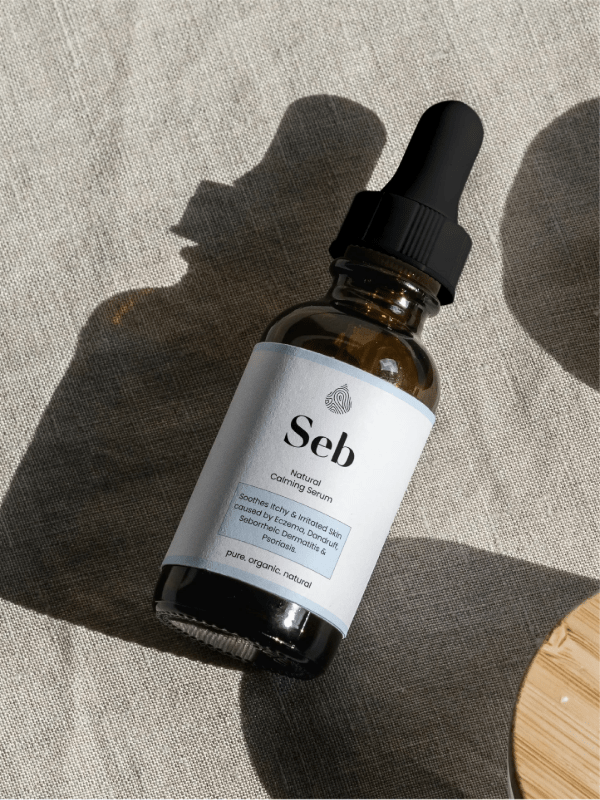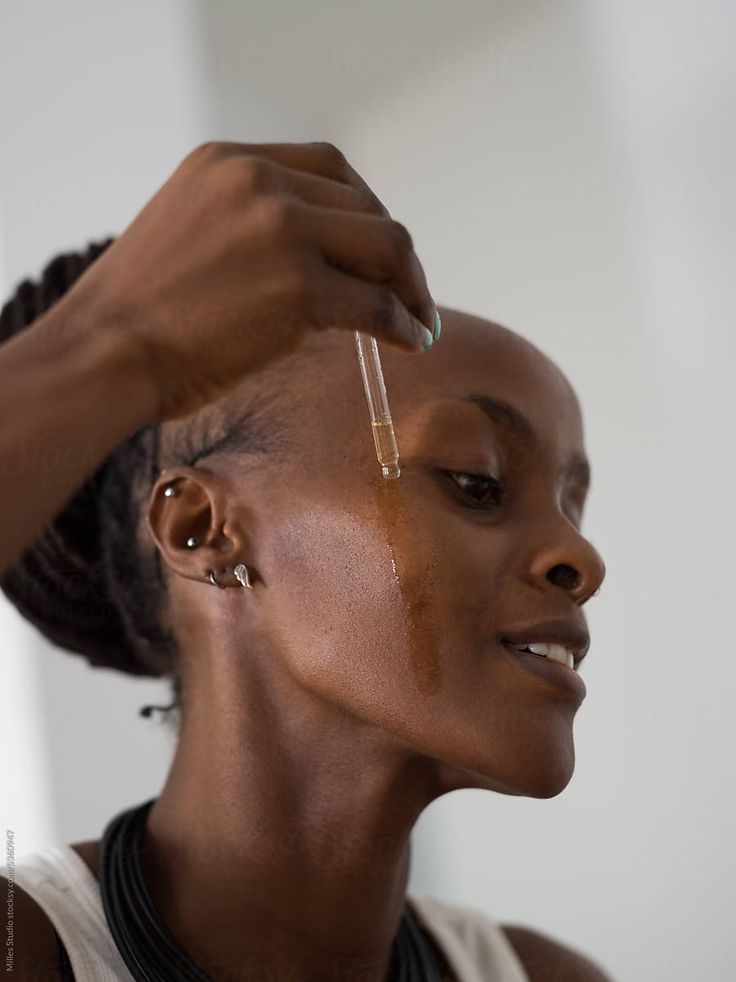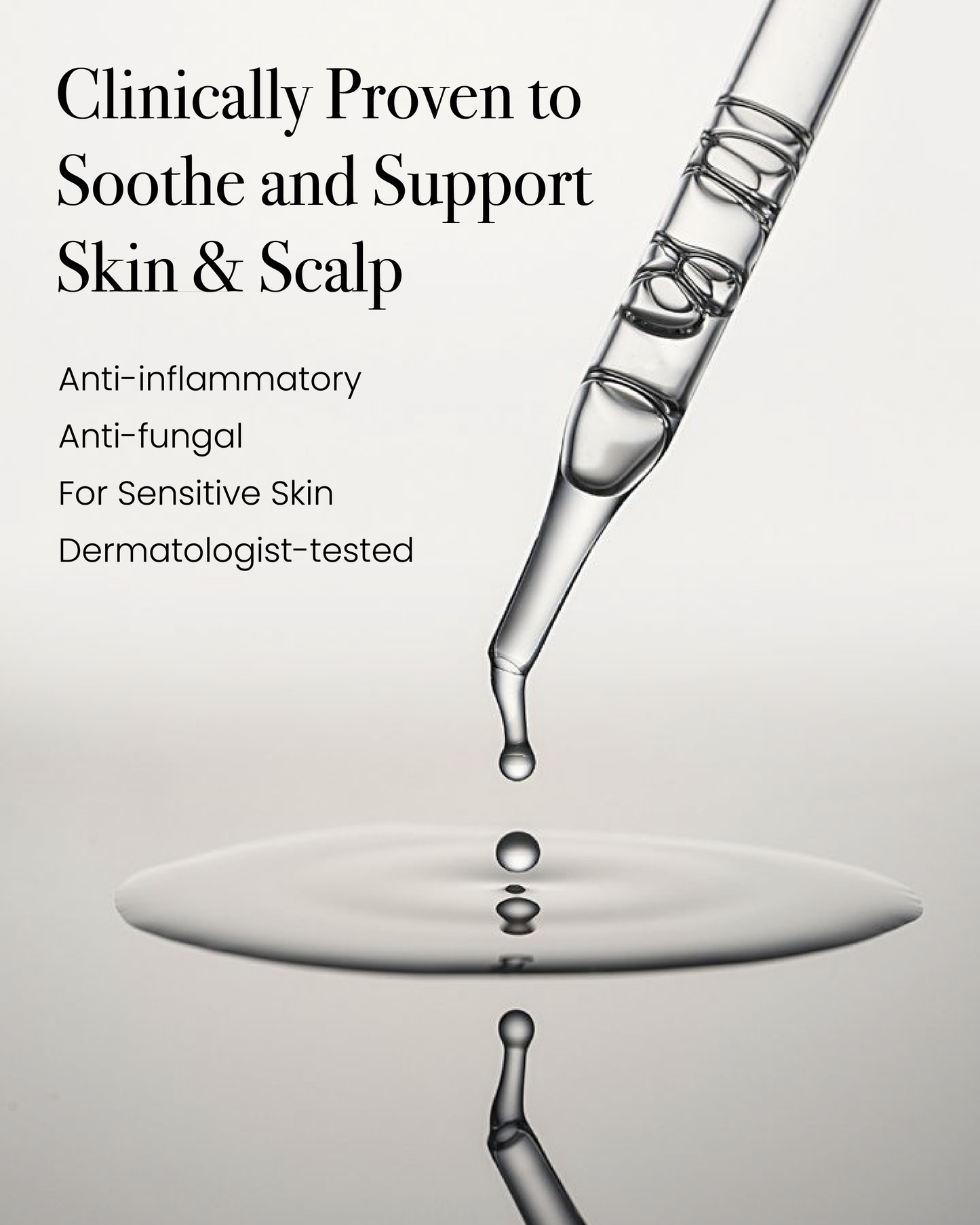
Why Is My Face Flaky Around My Nose and Eyebrows?
Flaky skin around the nose, eyebrows, and sometimes even the eyes can be both frustrating and confusing. You might find yourself constantly wiping flakes off your clothing, dealing with redness, or trying to figure out whether your skin is simply dry or if there’s something more going on. In many cases, the culprit is seborrheic dermatitis, a common skin condition that often affects areas rich in oil glands. But dryness can also be to blame. Let’s break down what’s happening, why it happens, and how to tell the difference.
Why Does Seborrheic Dermatitis Occur Around the Eyes or Nose?
Seborrheic dermatitis (often called seb derm) is a chronic inflammatory skin condition. While its exact cause isn’t fully understood, researchers believe it’s related to a combination of:
Excess oil production – Seb derm tends to occur in areas of the skin that are naturally oilier, such as the nose, eyebrows, scalp, and around the eyes.
Yeast overgrowth – A type of fungus called Malassezia normally lives on the skin. In some people, it can overgrow and trigger inflammation.
Immune response – Your body may react to the yeast or oil in a way that leads to redness, flaking, and itching.
This combination explains why flakes often appear in the creases around your nose, along your eyebrows, and sometimes near the eyelids. These areas are warm, slightly oily, and prone to yeast overgrowth, creating the perfect environment for seb derm to flare.
Why Does It Get Worse in Cold Weather?
Cold weather is notorious for making skin conditions like seb derm worse. There are several reasons:
Dry indoor air – Heating systems reduce humidity, stripping moisture from your skin and weakening its protective barrier.
Reduced sunlight – Natural sunlight can help reduce yeast growth on the skin. Shorter days in winter mean less UV exposure to naturally curb flare-ups.
Temperature stress – The contrast between cold outdoor air and warm indoor heating can irritate sensitive skin, making redness and flaking more pronounced.
Oil imbalance – In cold weather, your skin might produce less oil in some areas, but oil-rich areas like around your nose and eyebrows can still have yeast overgrowth, intensifying inflammation.
Simply put, cold weather makes your skin drier, weaker, and more sensitive—creating ideal conditions for seb derm to act up.
How Can I Tell if It’s Dryness or Seb Derm?
Knowing whether your flaky skin is caused by simple dryness or seborrheic dermatitis is crucial because the treatments are different. Here’s how to differentiate:
Location: Dry skin can occur anywhere, often on cheeks, hands, or forehead. Seb derm typically appears around the nose, eyebrows, scalp, and sometimes eyelids.
Appearance: Dry skin shows fine, powdery flakes and may feel tight. Seb derm usually has greasy or yellowish flakes with red, inflamed skin.
Itching: Dry skin usually causes mild itching, whereas seb derm is often more intense and persistent.
Triggers: Dry skin is often worsened by cold weather, hot showers, and harsh soaps. Seb derm can flare due to stress, weather changes, hormonal shifts, or yeast overgrowth.
Response to Moisturisers: Dry skin usually improves quickly with hydration. Seb derm may improve slightly with moisturisers, but medicated or antif-ungal treatments are often needed.
If your flakes are yellowish, greasy, or accompanied by redness, seb derm is more likely. If the skin is dry, tight, and powdery, it’s probably simple dryness.
Managing Flaky Skin Around the Nose and Eyebrows
For Dry Skin:
Use gentle, fragrance-free moisturisers daily.
Avoid hot water and harsh soaps, which strip natural oils.
Consider humidifiers in your home during winter months.
For Seborrheic Dermatitis:
Medicated shampoos or creams like our natural soothing balm.
Use gentle cleansers, avoiding scrubbing which can worsen irritation.
Moisturise to soothe skin but choose non-comedogenic products to avoid trapping excess oil.
Avoid triggers like stress, harsh skincare products, and extreme temperature changes.
When to See a Dermatologist
If your flakes are persistent, spreading, or accompanied by severe redness, itching, or discomfort, a dermatologist can provide a proper diagnosis and stronger treatments, such as prescription creams or topical corticosteroids. Early intervention can prevent flare-ups from worsening and make daily management easier.
The Takeaway
Flaky skin around the nose and eyebrows is often caused by seborrheic dermatitis, but dryness is also a common culprit.
Seb derm occurs due to oil imbalance, yeast overgrowth, and immune response, and is worse in cold, dry weather.
You can often differentiate dryness from seb derm by looking at flake type, redness, and itching intensity.
Proper skincare, hydration, and treatments can manage symptoms effectively.
Understanding the root cause of your flakes is the first step toward smooth, comfortable skin. With the right approach, those annoying flakes around your nose and eyebrows can become a thing of the past.


